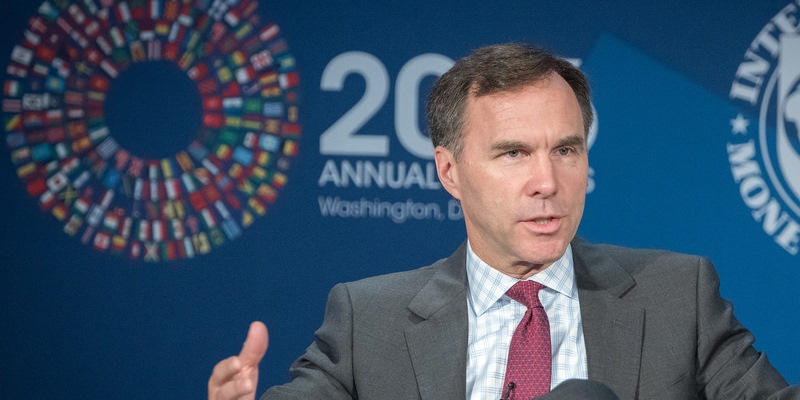Canada’s finance minister apparently doesn’t understand the difference between taxes and transfers

The job of finance minister requires a wide breadth of knowledge and clear understanding of public finance. So it’s more than a little worrisome to see federal Finance Minister Bill Morneau (pictured above) display an apparent lack of understanding on something as basic as the difference between taxes and government transfers.
Morneau took to Twitter on this week, responding to a Fraser Institute analysis that shows federal tax policy changes have increased the amount of income taxes paid by the vast majority of middle-class families in Canada. Morneau obviously doesn’t like this finding because it contradicts his government’s pledge to Canadians of cutting income taxes for the middle class. Unfortunately, rather than actually responding to the findings of the study, the finance minister resorted to name-calling and ad hominem attacks, which should be beneath one of the most powerful cabinet ministers in the country.
When Morneau finally got around to addressing the finding, that more than 80 per cent of middle-class families have experienced an increase in their federal income taxes, he subtly shifted the goal posts by arguing our analysis should have accounted for government transfers. Put differently, the minister is now arguing that there’s essentially no difference between reducing tax rates—so that people keep more of their own money—and the government increasing transfers to give some Canadians more of other people’s money.
That a finance minister would conflate these two very distinct concepts is very worrying.
Remember, in the 2015 election campaign, the Liberals promised Canadians they would cut income taxes on the middle class and Morneau has since repeatedly claimed to have delivered on that promise. For instance, in his first budget speech, he said “the government cut taxes for middle class Canadians everywhere.” Nowhere, as far as we know, did he say his government raised income taxes and increased transfers on middle-class Canadians.
Our recent study clearly shows that income taxes have increased for the vast majority of middle-class families. While Ottawa did lower the second-lowest personal income tax rate (from 22 per cent to 20.5 per cent), other changes to the personal income tax system more than offset this tax rate cut for most middle-class families. For instance, the government simultaneously eliminated a number of tax credits (provisions in the tax code that reduce a person’s income taxes, if they qualify), which therefore increased income taxes for Canadians who previously claimed such credits. Specifically, the government eliminated the income-splitting tax credit for couples with young children, the children’s fitness tax credit, the public transit tax credit, the education tax credit and the textbook tax credit.
When all the income tax changes are considered, 81 per cent of middle-class families now pay more in personal income taxes—$840 more, on average—due to the government’s income tax changes.
Our analysis shed light on a cornerstone commitment of Morneau’s government to cut income taxes on the middle class. And this evidence has helped Canadians understand that the reality of Ottawa’s tax changes run contrary to this government’s rhetoric.
The bottom line is that Canada’s finance minister either does not understand the difference between reducing taxes and increasing government transfers, which would be worrisome, or he wants to obfuscate the reality that his government failed to keep its promise to Canadian families.

